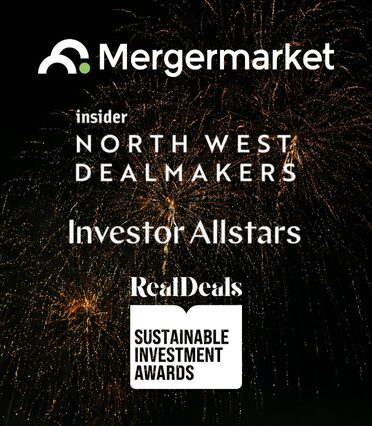2. The end goal for ESG is an embedded mindset
At ECI, ESG is a key consideration throughout the investment process, and we’ve seen more progress where there is an ESG lens on all activity rather than it being compartmentalised.
At a portfolio level, ESG metrics are diligenced pre-deal and are monitored throughout the investment period. ESG is viewed as an opportunity to improve and grow the businesses we back. For example, when we looked to back Mobysoft, the predictive analytics software provider to the social housing sector, a key part of the investment thesis was its fundamental social focus on improving outcomes for tenants. Similarly, considering a company’s purpose and how compelling that is, helps us to understand how they will be able to retain and recruit staff as they grow.
We apply the same ambitious lens to ourselves, constantly looking to improve and educate across the whole firm. Some recent examples include Diversity and Inclusion training with Paradigm, the roll out of the Kickstart programme within our portfolio, supporting our first 100BlackInterns placement, and a lot more in the pipeline. To deliver the embedded mindset it is important to be diligent about where change is purposeful and driving action, and to be mindful about greenwashing and relabelling.
3. Be mindful of the wider societal impact
The growth in ESG reporting and awareness over the last few years has tended to focus on the ‘E’. Environmental metrics tend to be easier to track and will continue to be so with the likes of smart meters and the introduction of standardised reporting standards or charges, such as the Climate Charge Levy.
It is important when you are thinking through ESG not to neglect the impact of your company on the end customer and community. When people consider changes and the green economy, it’s important to consider a just transition. The principle of just transition is that a healthy economy and a clean environment can and should co-exist. The process for achieving this vision should be a fair one that should not cost workers or community residents their health, environment, jobs, or economic assets.
One way of doing this is to empower employees to give back, for example at Moneypenny’s Give a Gift Appeal or Bionic’s Future Frontiers partnership, where volunteers from the company give career coaching to children from low-income families to provide guidance and networking opportunities to help them with their future.
4. ESG specialists are hard to find
Similar to most high growth segments, there is a war for ESG talent, driven by greater awareness, and traditional consulting firms competing for hires, with PwC announcing it would look to hire 100,000 people in the next five years in a major ESG push.
Competition is high across all aspects including environmental consulting, health and safety, certification and environmental focused engineering. Firms looking to hire in the ESG space should consider widening the net and looking outside traditional background, for example NGOs, some of which have been on the front line of the ESG agenda for decades.
5. ESG is a growth opportunity for companies
ESG progress here can have a significant impact on your growth. A positive ESG story is likely to drive engagement in your employee base as people have a purpose they can get behind, increasing your retention rate. It is increasingly part of being considered in procurement purposes, so may be key to being able to pitch. Diverse and inclusive businesses are more successful, with McKinsey’s ‘Why Diversity Matters’ report showing that both gender and ethnic diversity have a considerable impact on growth, with companies with the most ethnically diverse executive teams are 33% more likely to outperform their peers on profitability.
As well as being the right thing to do, being able to embed ESG across your business and have a clear articulation of how the business fits in and benefits wider society will create growth opportunities for the future.

